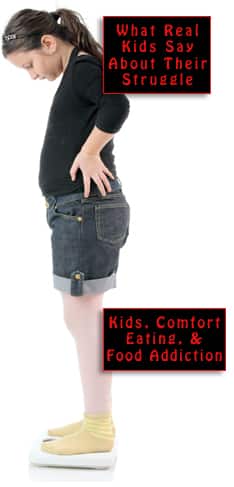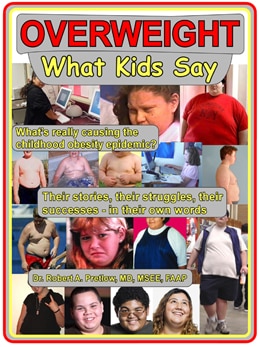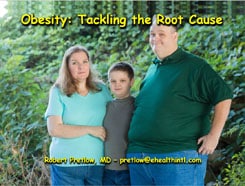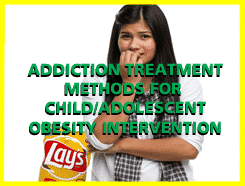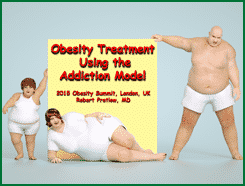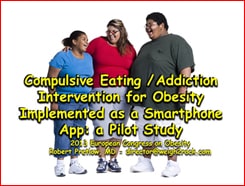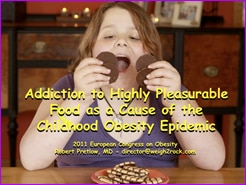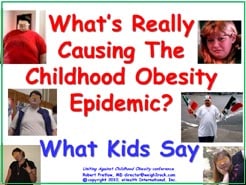Coronavirus Chronicles — Are Some People Fooling Themselves?

COVID-19 and obesity are the best friends that each other ever had. Since it is better for kids not to be obese, or to grow into obese adults, this virus needs to be brought under control. Some people act as if it is already over, but the facts say otherwise — especially in places like Brazil and India.
Like it or not, the events overseas will reach out and affect Americans. Before this crisis can be over, a lot of things need to happen, and a lot of other things need to not happen.
This is a good time to look at the recent advisory from the Centers for Disease Control, updated just a few days ago, titled “Interim Public Health Recommendations for Fully Vaccinated People.”
The title helpfully specifies that the advice is temporary and subject to change. Perhaps this is because the agency is aware that the impatient public tends to get picky and make such complaints as, “Last month you told us so-and-so. Now you’re telling us such-and-such. Make up your mind! Or were you cynically lying last month? Or are you feeding us a load of baloney now?” Et cetera, et cetera.
For some reason, a segment of the human population is unable to wrap its head around the idea that, in a volatile scenario like a pandemic, new facts are likely to be discovered or revealed. Few situations remain static, and as information accumulates, different advice is likely to be given. Thus: interim.
Please see the original document
Everyone is welcome, and encouraged, to go to the page itself for the full story. (If a person works in, resides in, or has concern about healthcare settings, that’s a whole different page.)
Here, today, we mention a few things that hopefully will save some children from sickness and debility. For instance, in public indoor settings and gatherings with unvaccinated people from multiple households, mask up. These quotations seem significant:
[A] growing body of evidence suggests that fully vaccinated people are less likely to have asymptomatic infection or transmit SARS-CoV-2 to others.
“Suggests” is a clue that the information is not complete or totally vetted. “Less likely” means that it still could happen: a fully vaccinated individual be infected, even if no symptoms are present. A fully vaccinated person could transmit the virus to others.
How long vaccine protection lasts and how much vaccines protect against emerging SARS-CoV-2 variants are still under investigation.
So, two different things are going on here. First, it’s possible that current vaccines do not protect against the frighteningly abundant new mutant strains of COVID-19. If a variant has engineered for itself a clever new way to defeat the vaccine, all bets are off. Also, it is not known how long even the best current vaccine can provide protection, and that time period may be different for different people. We may end up needing booster shots.
At this time, there are limited data on vaccine protection in people who are immunocompromised.
We ourselves might, unknowingly, have immune systems that are on the blink. And in public settings or even in private homes, we have no way of knowing that the immune status of everyone present is in tip-top condition. And we may not know the vaccination status of all the other guests or attendees. There is still a “potential risk of transmitting the virus to others.” And, conversely, of picking up the virus from others. One of the bottom lines here is, even fully vaccinated people “should avoid indoor large-sized in-person gatherings.” Indoor restaurant dining and gym attendance are safe-ish…
However, precautions should still be taken as transmission risk in these settings is higher and likely increases with the number of unvaccinated people present. Thus, fully vaccinated people engaging in indoor social activities in public settings should continue to wear a well-fitted mask.
The risk of a fully vaccinated person becoming infected is low. Not non-existent, but low. Therefore,
[A]ny fully vaccinated person who experiences symptoms consistent with COVID-19 should isolate themselves from others, be clinically evaluated for COVID-19, and tested for SARS-CoV-2 if indicated.
Your responses and feedback are welcome!
Source: “Interim Public Health Recommendations for Fully Vaccinated People,” CDC.gov, 04/27/21
Image by Jernej Furman/CC BY 2.0










 FAQs and Media Requests:
FAQs and Media Requests: 